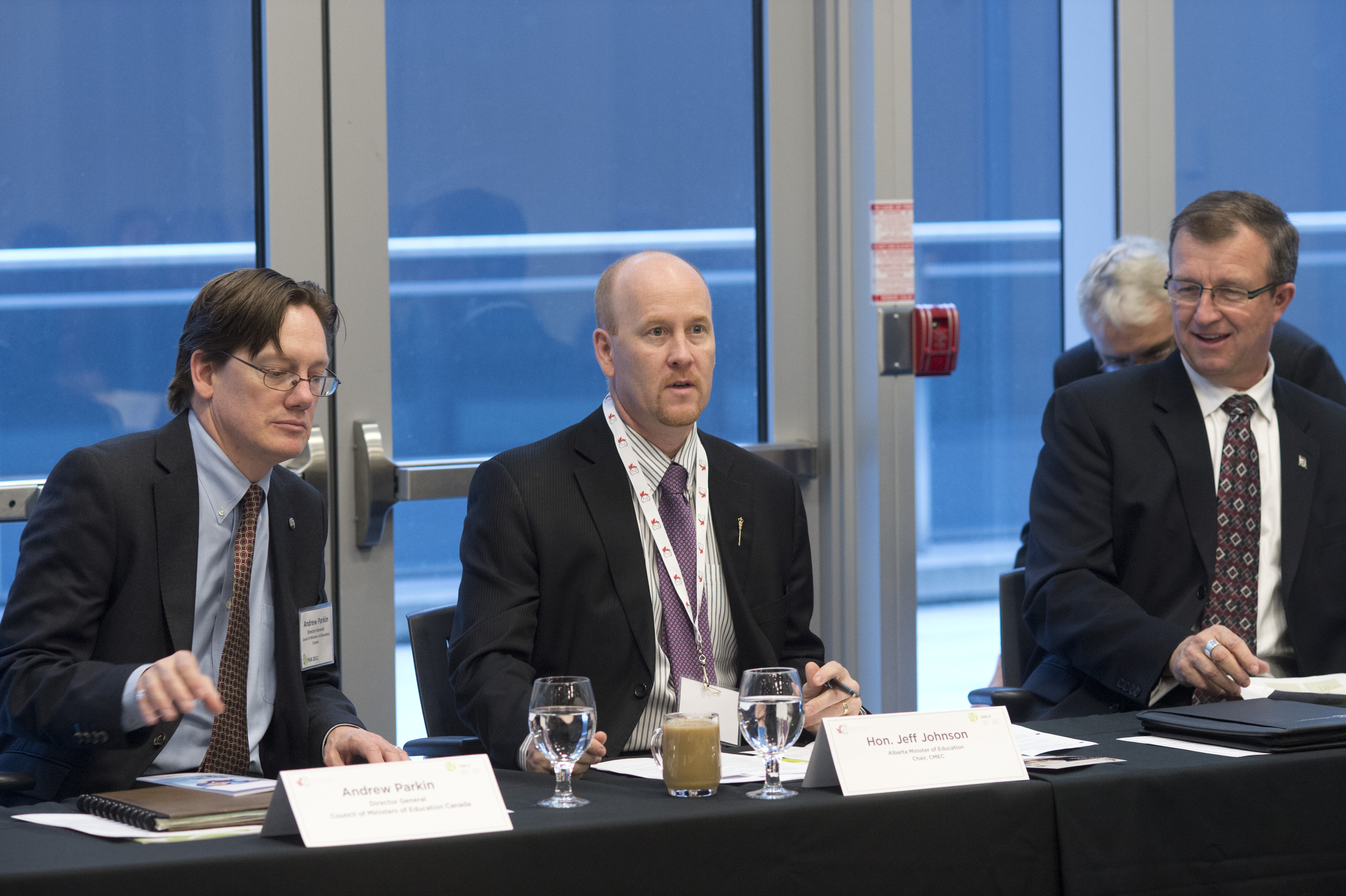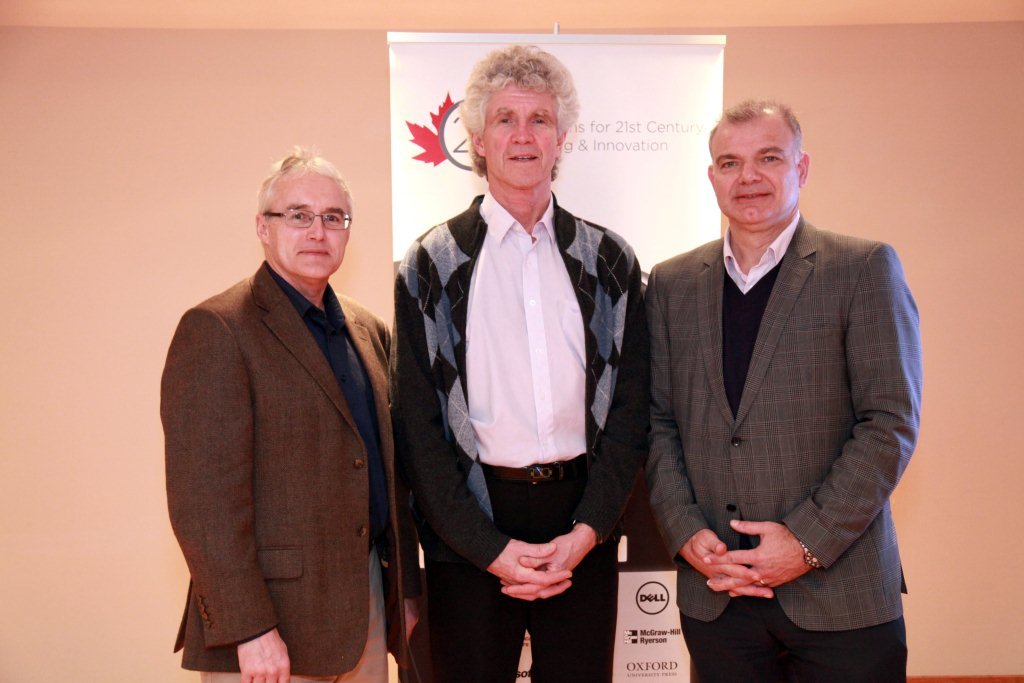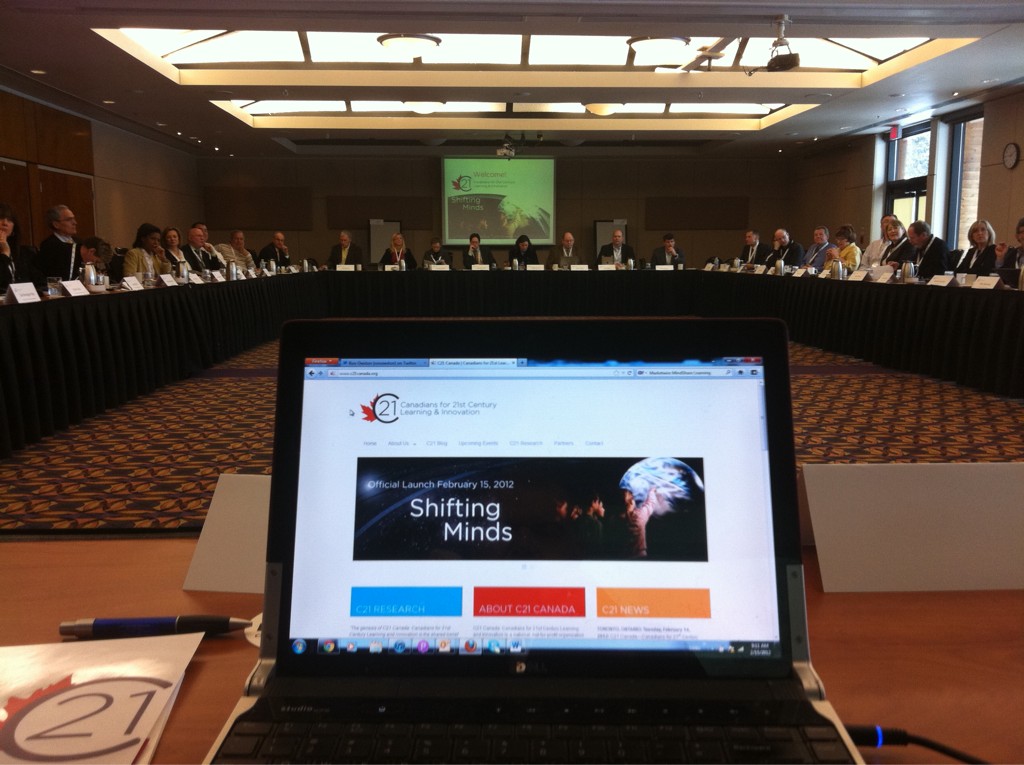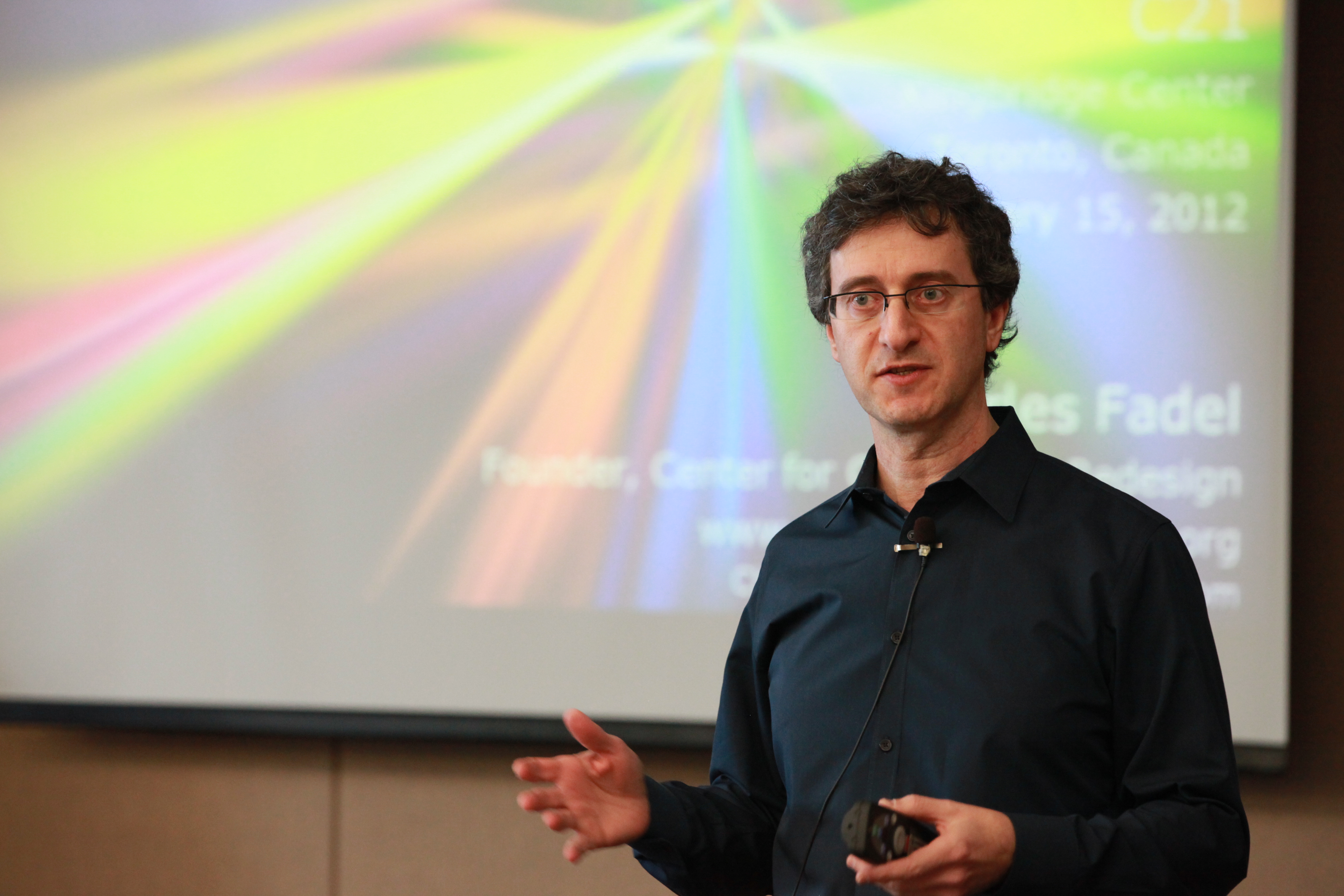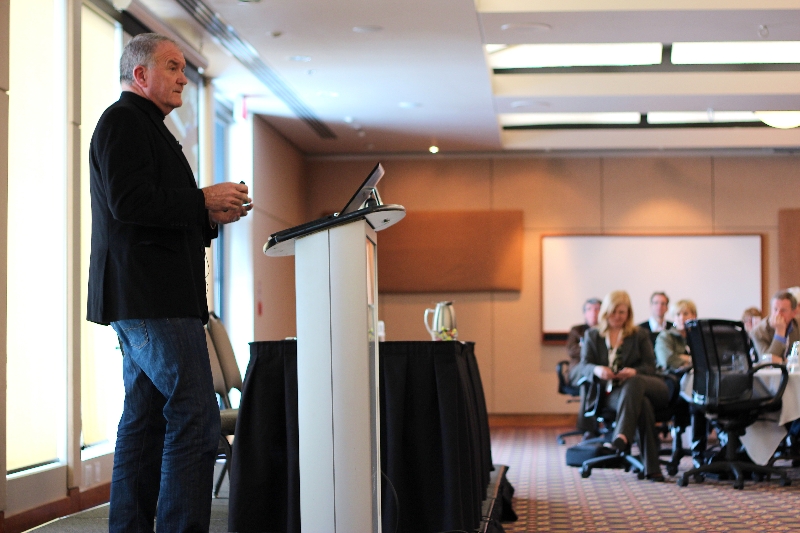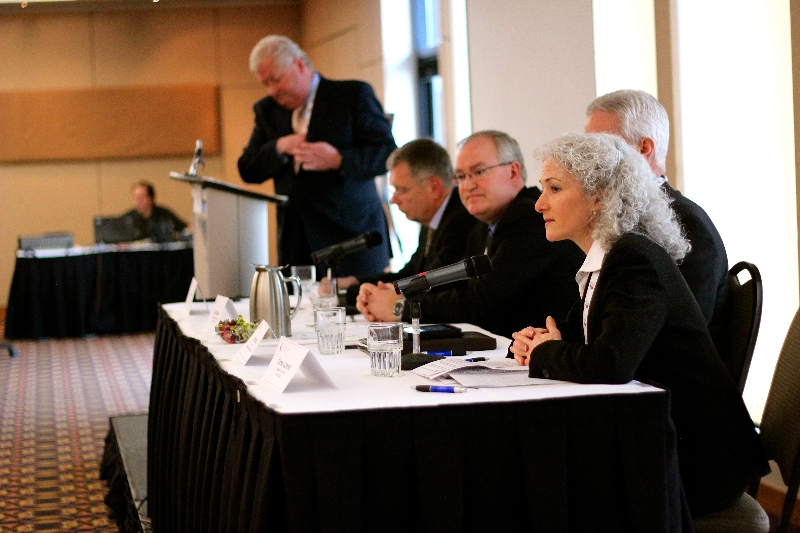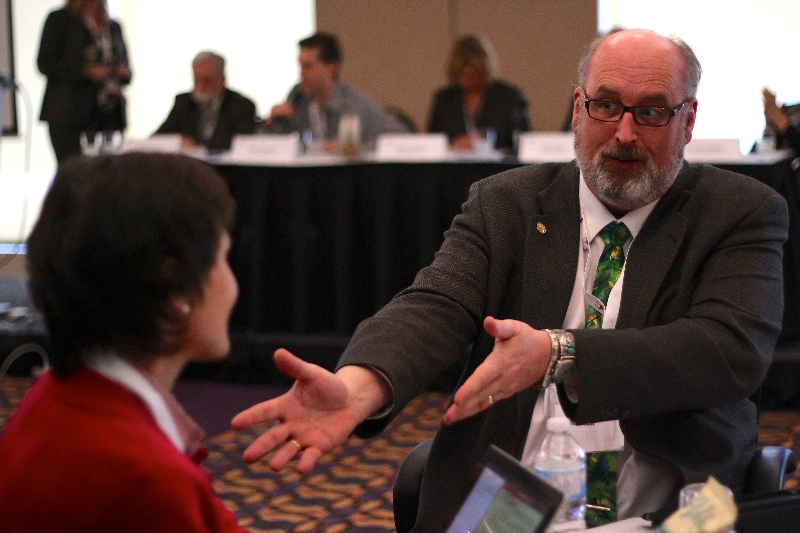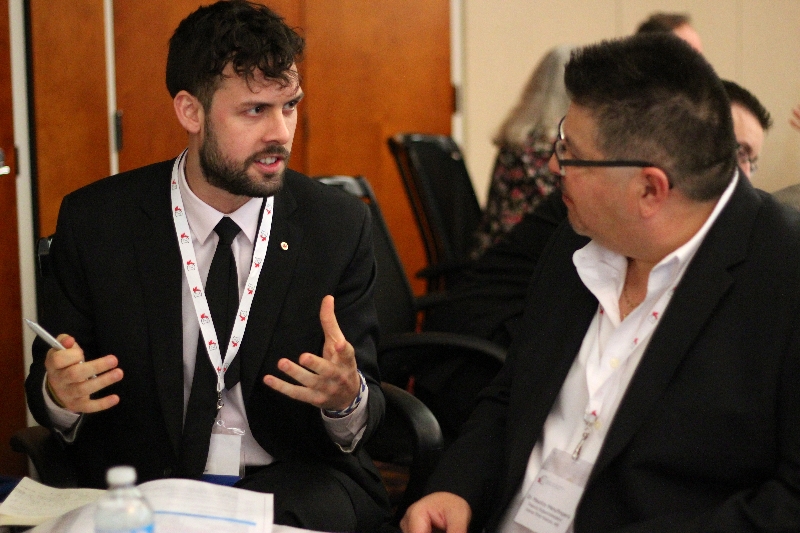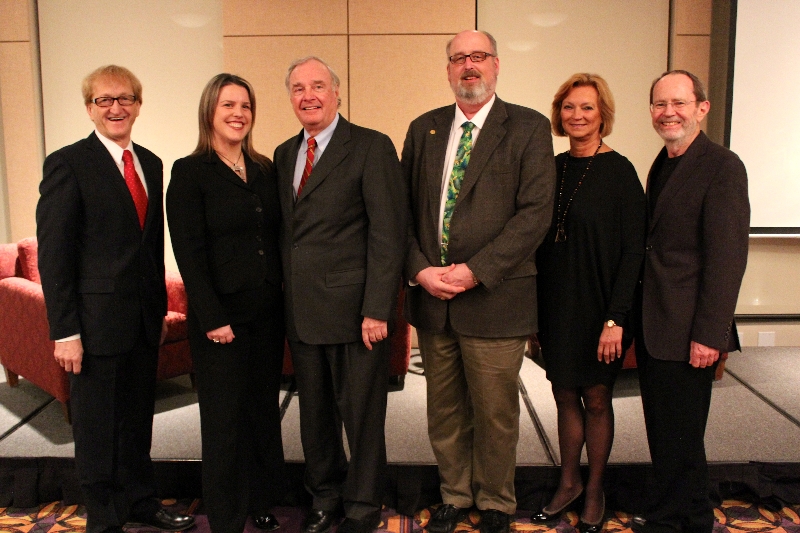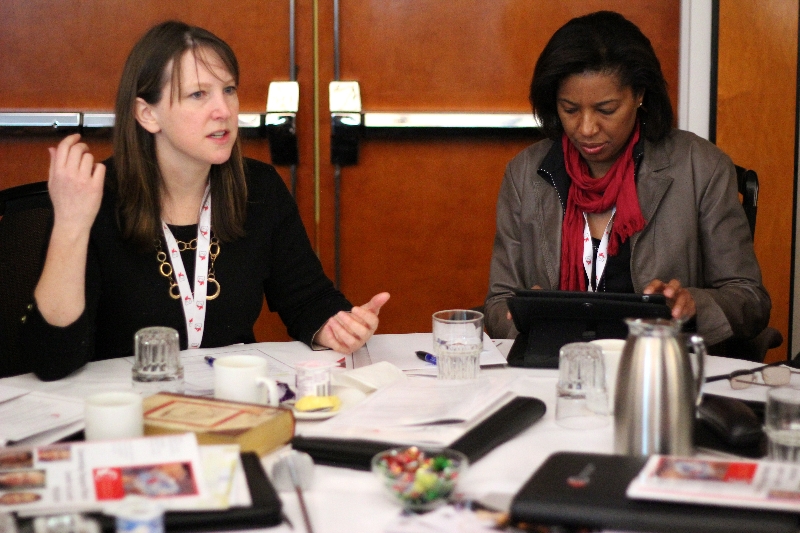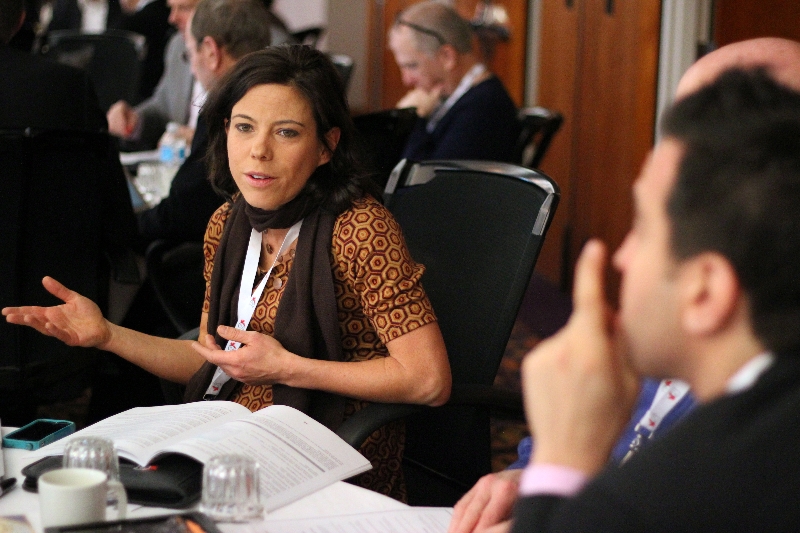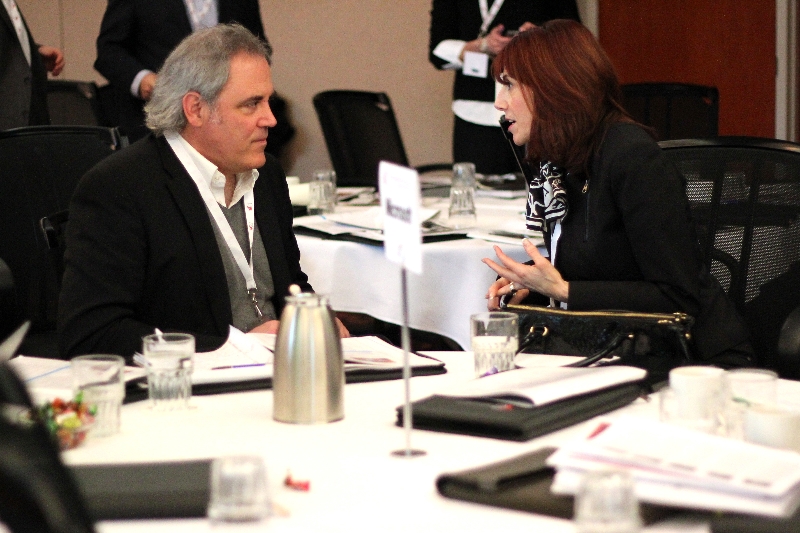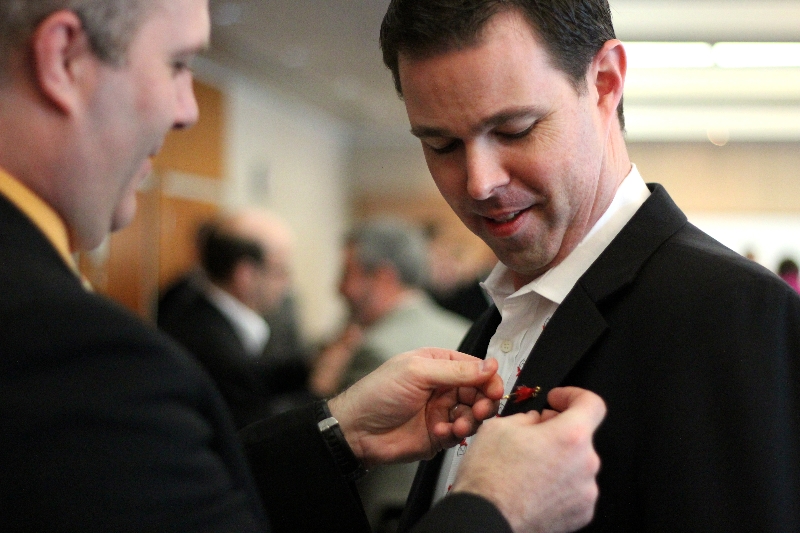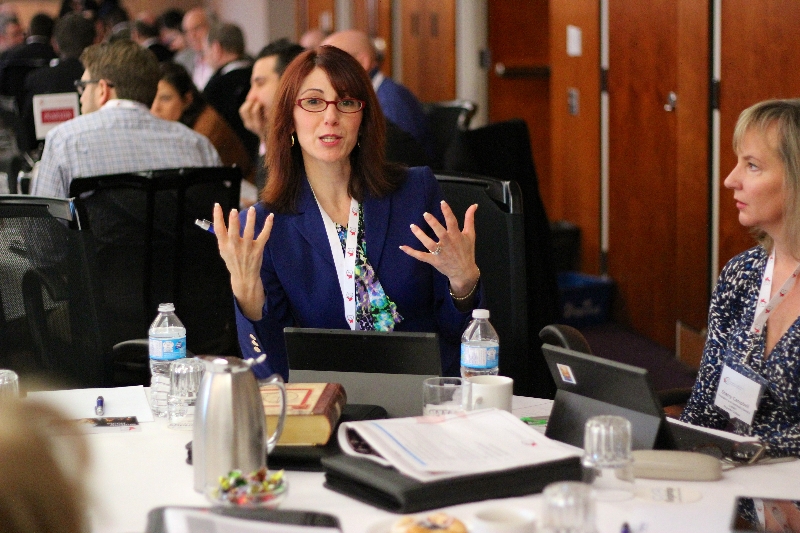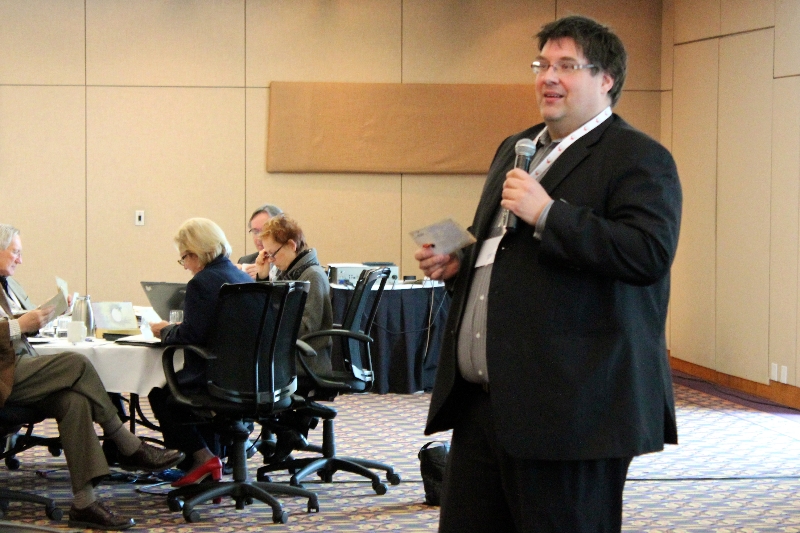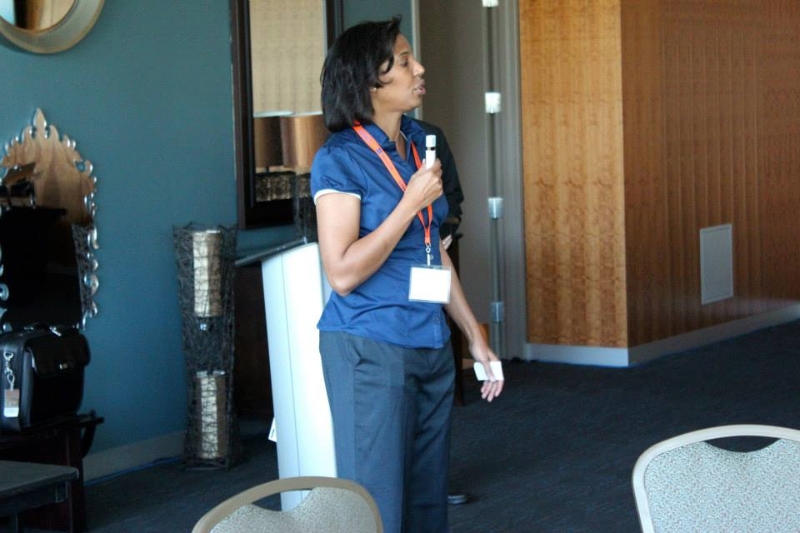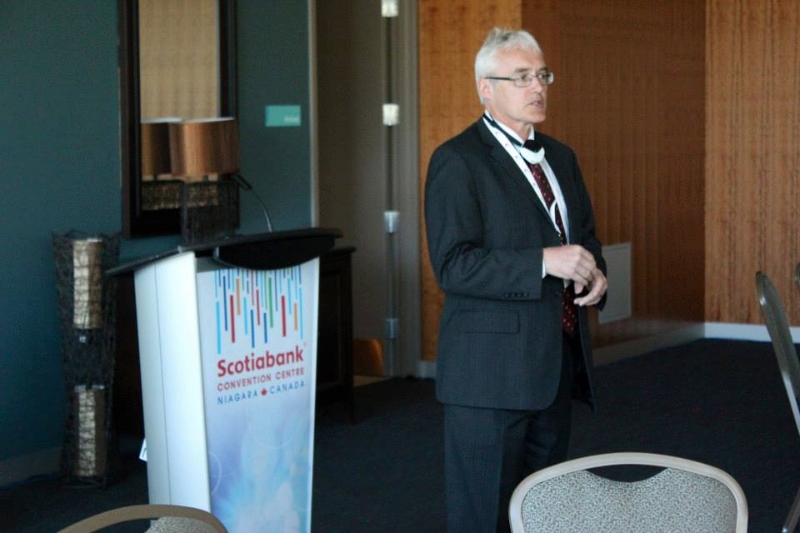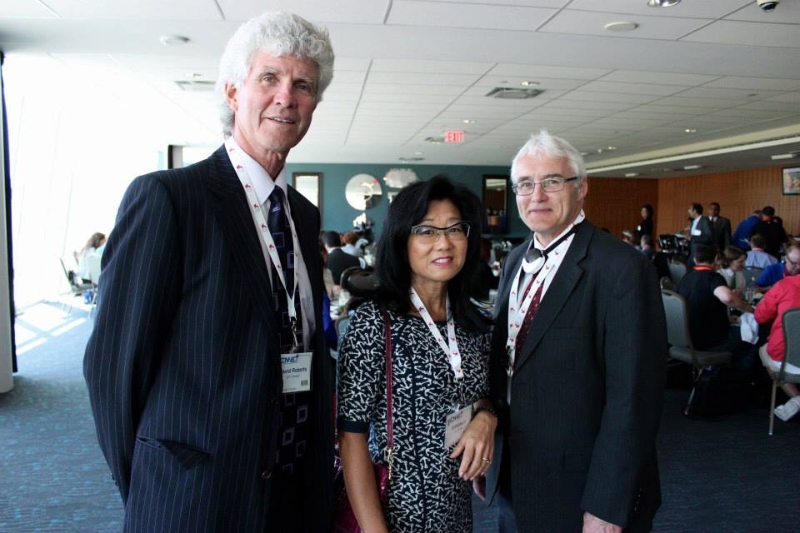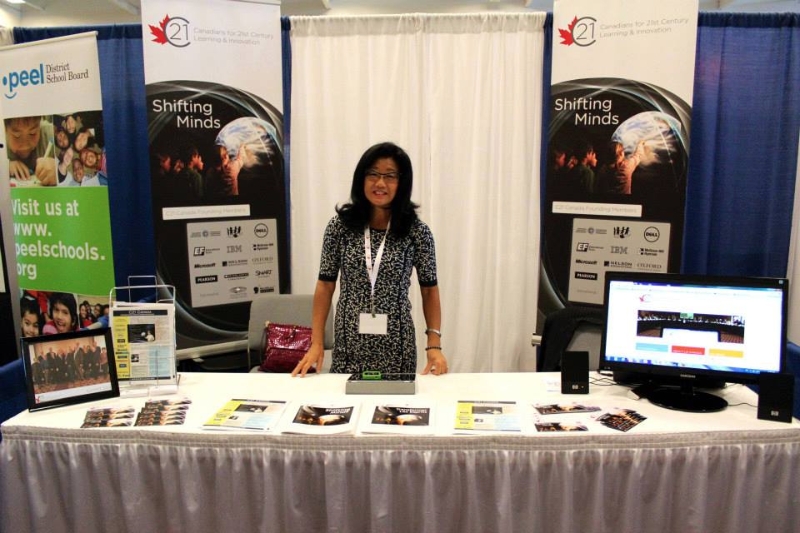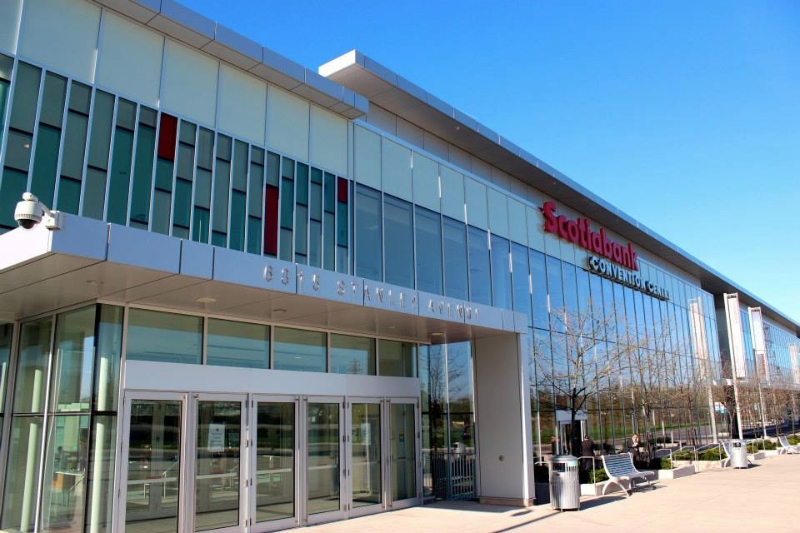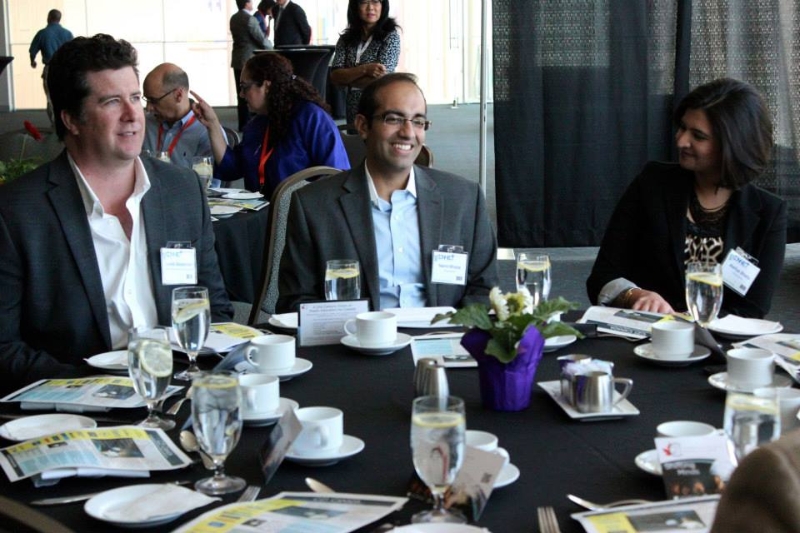C21 Canada is pleased to present our third blog in our series on Shifting Minds, our vision for 21st Century learning in Canada. Over the past few months we have sought public feedback on our draft document which can be found here.
Our first blog focused on the nature of 21st Century models of learning and the principles that underlie Shifting Minds. The second blog introduced Shifting Mind’s seven 21st century competency themes. This third blog highlights the systemic changes required to position Canada’s education systems for 21st century models of learning.
If the penultimate goal of 21st century models of learning is to produce creative, innovative and collaborative global citizens well versed in using modern technologies, then educators and the systems within which they function must emulate these traits. Fostering an innovative learner is more likely to be achieved by an innovative teacher. Similarly, an innovative teacher is more likely to flourish within an innovation oriented education system.
The first priority in redesigning education systems for 21st century models of learning is to recruit the right people. Faculties of Education across Canada must adopt appropriate selection protocols and learning standards for aspiring new teachers. Faculty staff should also be recruited and remunerated on their capacity to emulate 21st century instructional practices to pre-service teachers. Education systems must then focus their in-service training efforts to augment 21st century teaching competencies and skills on an ongoing basis. Alignment of purpose between pre-service and in-service recruitment and training would certainly accelerate the overall process.
Canada’s education curricula must be relevant to today’s student and learning outcomes designed to fully engage students in their own learning. Today, learning must be about fostering the ability to create knowledge, find innovative solutions to complex problems, and fostering global citizens. The plethora of learning outcomes that has infiltrated curricula over time must be reduced to give teachers more instructional time to ensure learners have a depth of understanding of complex subjects. Curricula must also be re-designed to infuse the 21st century competencies and skills identified in Shifting Minds.
Teaching practices must also evolve to align with the needs of today’s students. Project based learning, personalized learning opportunities, and professional learning communities must become the norm. Teachers must also be prolific at integrating technology with pedagogy.
Today’s learning environments must be flexible and offer opportunities for both personalized and collaborative learning opportunities. Individualized access to the internet and a diversity of ICT tools and digital learning resources by both teachers and students must be ubiquitous.
Governance models must also evolve. If educators and schools are to be innovative by design, central agencies must be less prescriptive in how learning is achieved. Providing supportive policy frameworks for front line educators must be the focal point of central agencies. However, along with the enhanced autonomy of front line educators comes an enhanced level of accountability for student achievement results.
Citizen engagement in the re-design process is a pre-requisite to success. Societal support for the required changes will only be achieved if communities and parents are made aware of the imperative for and benefits of change, both for their children and for society at large.
In the knowledge and digital era, the adoption of 21st century models of learning in Canada’s education system is an economic and social imperative. The questions are no longer what do we need to do and how do we do it. We have these answers. The questions today are when do we start and how quickly can we make it happen. Indeed, what we really need is leadership!





